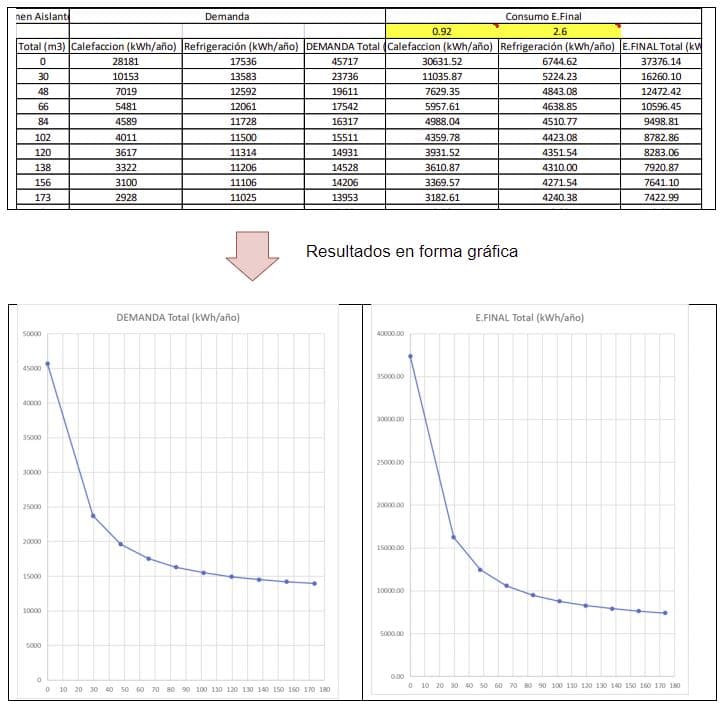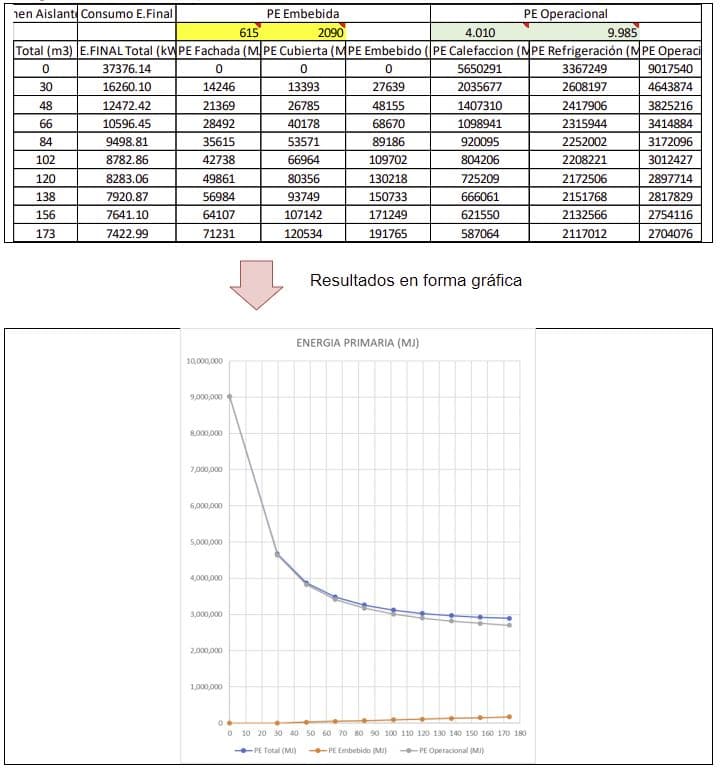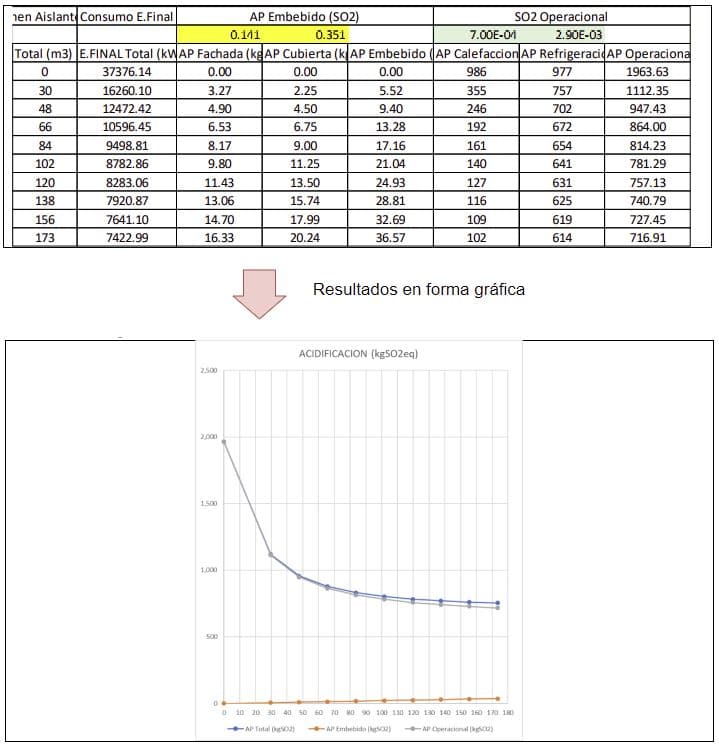-
Phone Number
-
Email Address
There is often discussion about the level of isolation necessary for a building and how it can affect costs, environmental impact, etc.
In some cases it is argued that there may be a "excess" insulation and that it is not convenient to increase it for above certain values since it is considered counterproductive as it either causes an increase in consumption energy or the investment cost is not compensated by the energy saving.
This “limit” level of isolation is often referred to as “optimal” insulation.
We will try to see how this supposed value can be calculated "optimal" and how in reality the value found with this procedure is actually very unambitious from a from the point of view of environmental protection and should be considered as a "minimum" value and not as an "optimal" value and much minus “maximum”.
European Directives and thermal regulations So far, national governments have relied on this criterion of optimal cost, but we will conclude in this article that in In reality, this is a very unambitious scenario when compared with environmental protection criteria.
Content menu:
To calculate the "optimal" cost, we proceed to calculate for the building under study the evolution of the cost of insulation (increasing with the level of isolation), in parallel estimates the cost of energy consumed in heating and cooling during the Life Cycle of the building (decreasing with isolation level) finally add up both cost (investment and operation) to find the point where the total cost passes through a minimum and at the level of insulation that corresponds to this minimum cost value is considers it as the “optimal” isolation level.
These calculations are quite conjunctural and volatile since they are based on product and energy rates.
In a similar way to the calculation of the economic cost, it is possible to carry out a calculation of the estimated impacts environmental effects caused by obtaining/installing and insulation deposition (also increasing with the level of isolation) and correlate them with the impacts caused by the energy consumed during the operation of the building.

This type of calculation is based on the Statements Environmental Products (DAP), Environmental Product Declaration (EPD) in English.
If there are multiple different impacts, a priori there will be so many levels of isolation that minimize the overall impact as criteria you want to consider, for example: Effect Greenhouse / Global Warming Potential (GWP) , Impact on the Primary Energy / Primary Energy (PE), Acidification Atmospheric / Acidification Potential (AP) , Depletion of Recursos Abioticos/ Abiotic Potential Depletion Elements (ADPe), etc. Consequently, there would not be a single value of "optimal" isolation level but as many as criteria that are wish to minimize.
To illustrate the application of these methodologies, has considered a multi-family residential building located in Barcelona and the calculations of energy demand / final energy / cost / impacts environmental conditions as a function of different increasing levels of isolation.
The attached image outlines the building considerate:
Climatology
The representative climate file of the city has been used of Barcelona
Usage profiles
The calculation has been made using the occupational profiles described in annex D of DB HE

For air infiltration and ventilation, it has been considered a constant value of 0.2 renewals per hour complemented by 4 hourly renewals during summer nights and with a ventilation flow throughout the year of 4 l/s/person (variable depending on occupancy)
For sun protection, the use of mobile devices that offer an additional solar factor of 0.3 during the summer months as long as the radiation incident solar power is greater than 75 W/m2.
HVAC systems
For the air conditioning system we have used what prescribes the DB HE for efficiency and energy vector for the reference systems.

Useful life of the building
A Useful Life of 50 years has been considered in this study for the building.
Isolation levels
Calculation with isolation levels has been performed increasing according to the following table:

To analyze the results, the volume of insulation consumed in each construction system and for the building complex.
In façades, a coated glass wool has been considered of Kraft paper while on the cover it has been considered a layer of XPS.
Glazing
For the glazing, in all cases a glass with a U coefficient of 1.8 W/m2K of transmittance and with aluminum carpentry with thermal break.
Unit cost of isolation
To estimate the cost of the insulation, the list of recommended prices published by URSA for the product URSA TERRA MUR P1281 in different thicknesses and is has calculated an average price for the m3 of product, so analogous has been done for the product URSA XPS NIII, in both cases, the taxes (VAT) that would be applicable.
| Facade insulation | URSA TERRA MUR P1281 | €87.12/m2 |
| Cover Insulation | URSA XPS NII | €289.19/m3 |
Electricity Rates
To estimate the cost of energy, we consulted the domestic rate to individuals and for the calculation only considered the term of energy (the one directly attributable to the consumption) without taking into account the term of power (which is paid regardless of consumption) and have also included taxes directly linked to energy consumption.
| Heating Consumption | Natural Gas | 0.0484 €/kWh of Final Energy |
| Refrigeration Consumption | Electricity | 0.120 €/kWh of Final Energy |
Embedded impacts isolation
For the impacts embedded in the life cycle of the insulators have been considered the Environmental Declarations of the URSA Products (DAP / EPD) considered and it has been carried out in a similar way to economic cost a calculation to find the representative value of each product per m3 of volume.

By energy simulation using the tool EnergyPlus as calculation engine and OpenStudio as interface For the modeling of the case study, the following power demands for each level of insulation.

The calculation of the demand has been translated into consumption of final energy using the efficiency values of the reference.

It is often objected that even if it is true that the reduction of energy consumption is always decreasing with increasing isolation level, after a certain moment, the highest economic cost of the type of insulator incorporated is not offset by the decrease in cost of lower energy consumed.
We will therefore calculate the investment cost of the insulation for each level considered and we will relate it to the lowest cost of the final energy consumed.

We will carry out a calculation similar to the one carried out for the economic criteria with the different environmental impacts
Greenhouse Effect (GWP)

Total Primary Energy (PE)

Atmospheric acidification (AP)

Depletion of abiotic resources (EDPe)

If you liked the article, rate it and share!